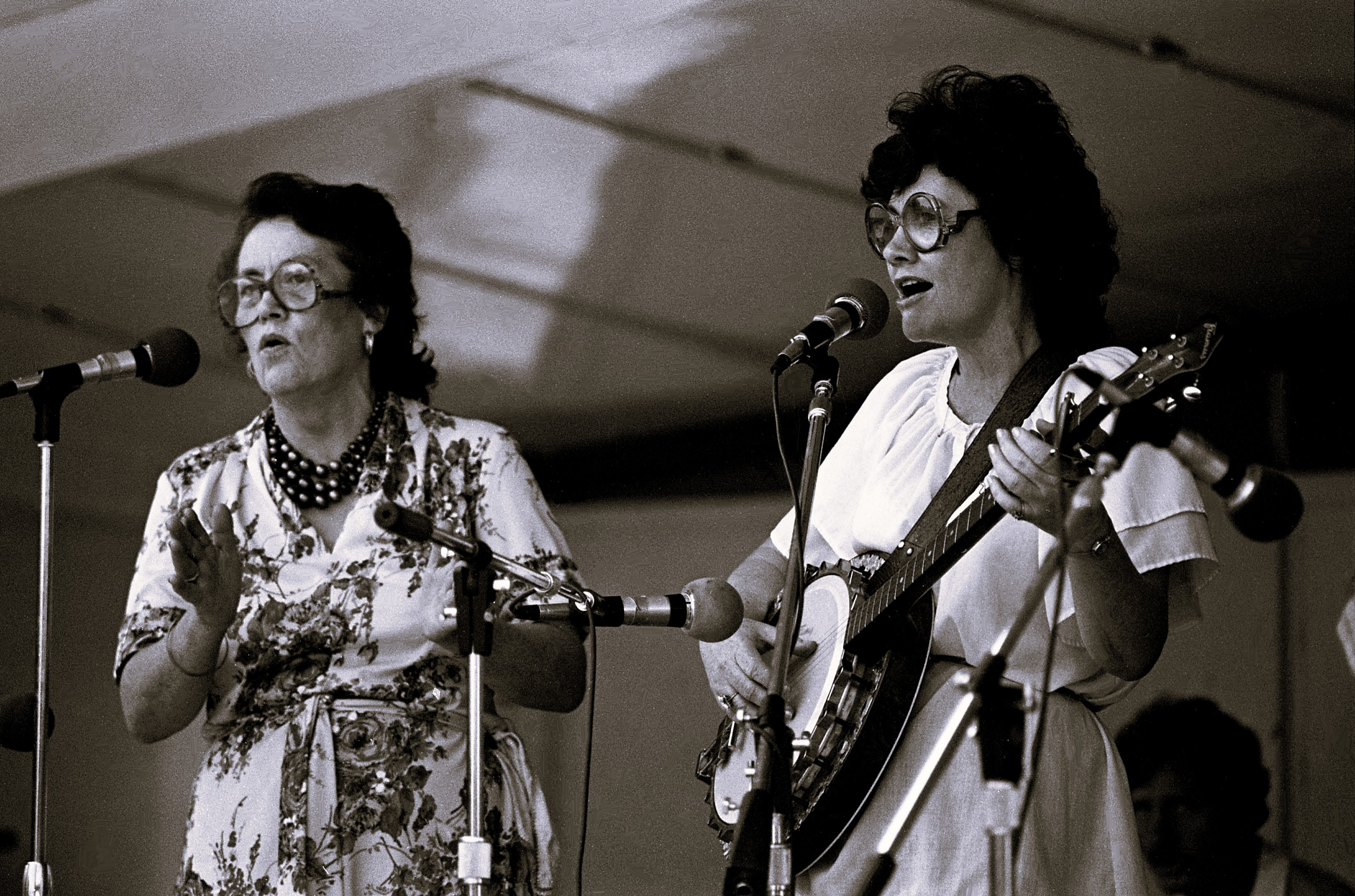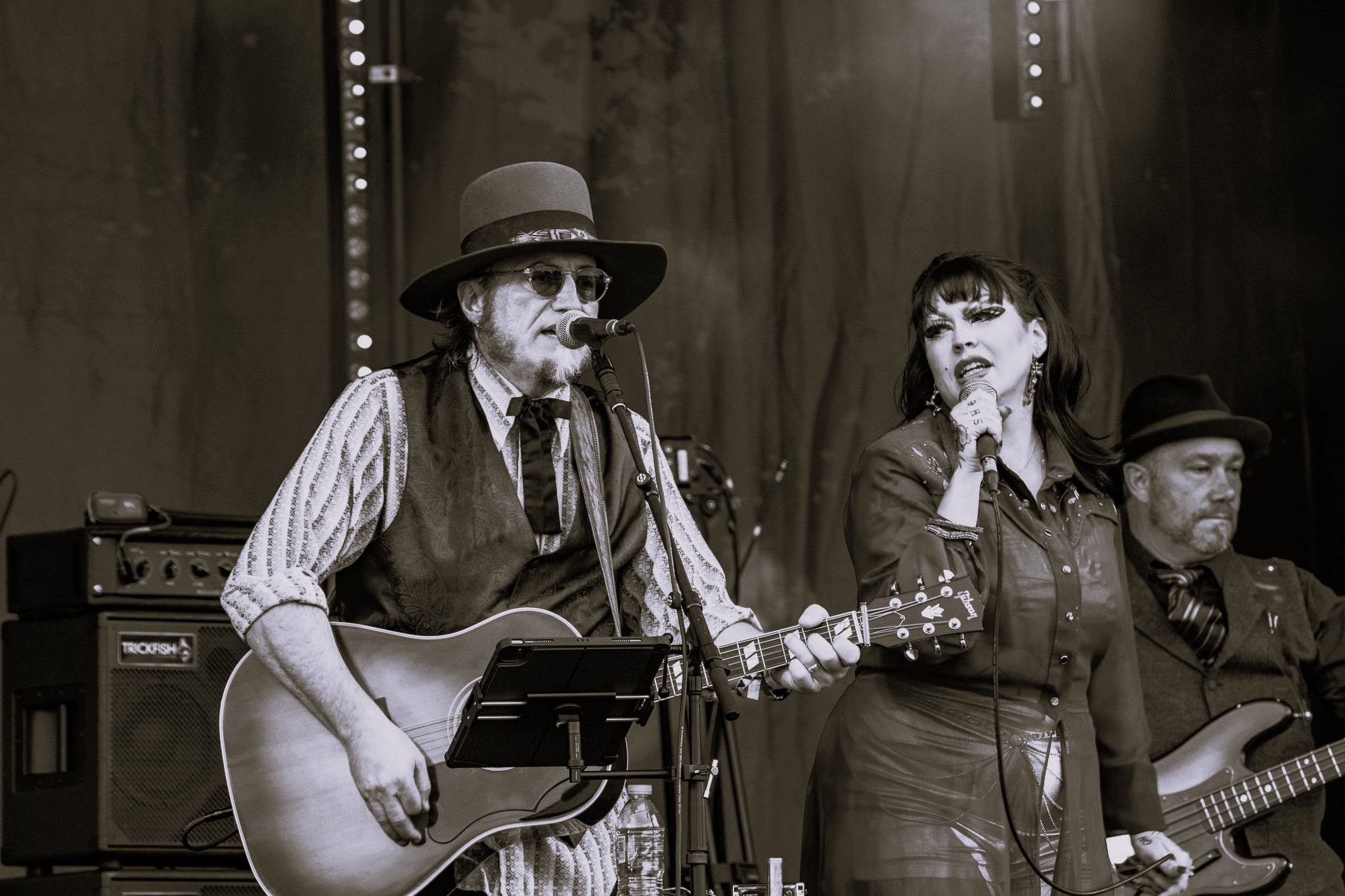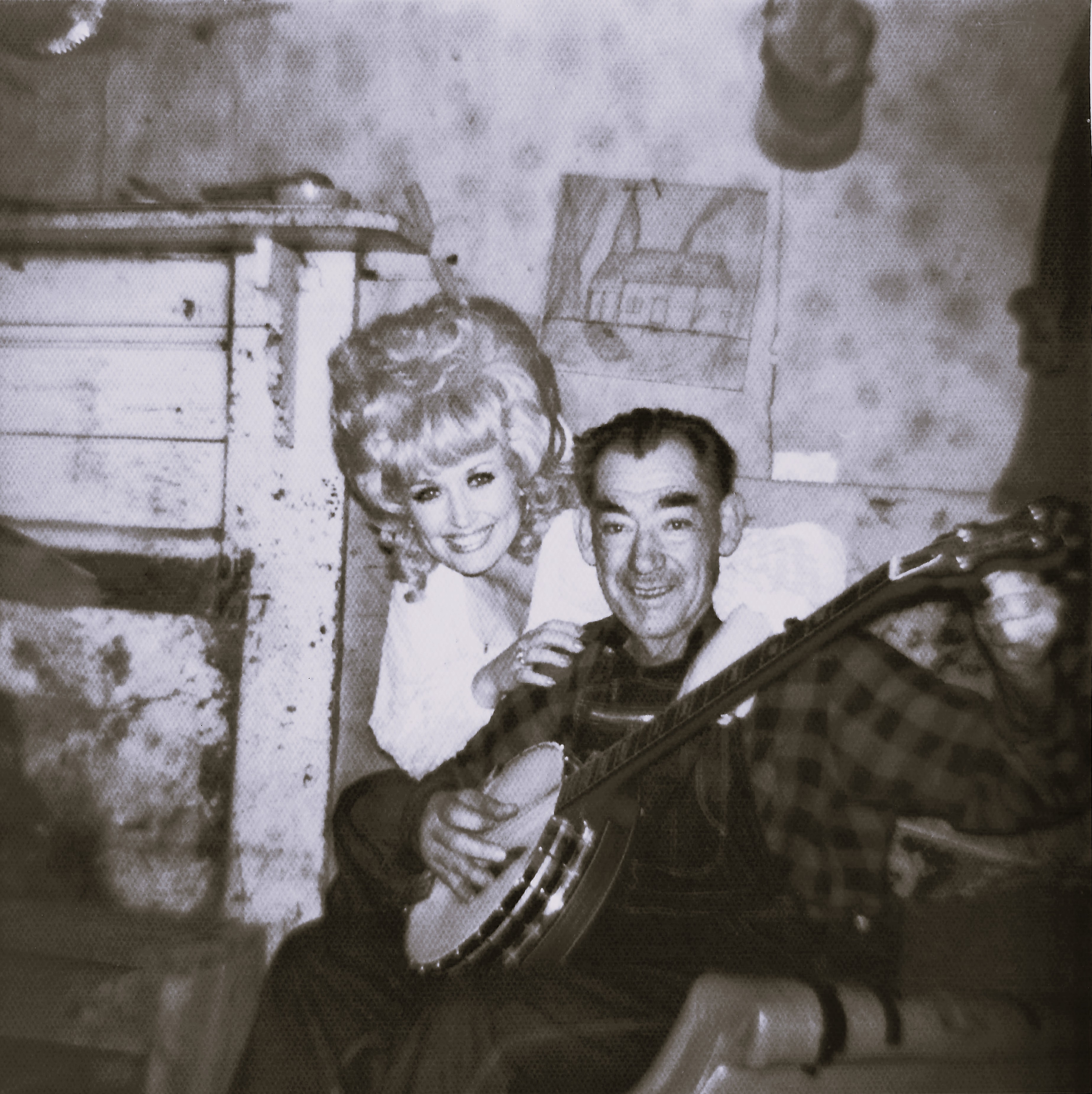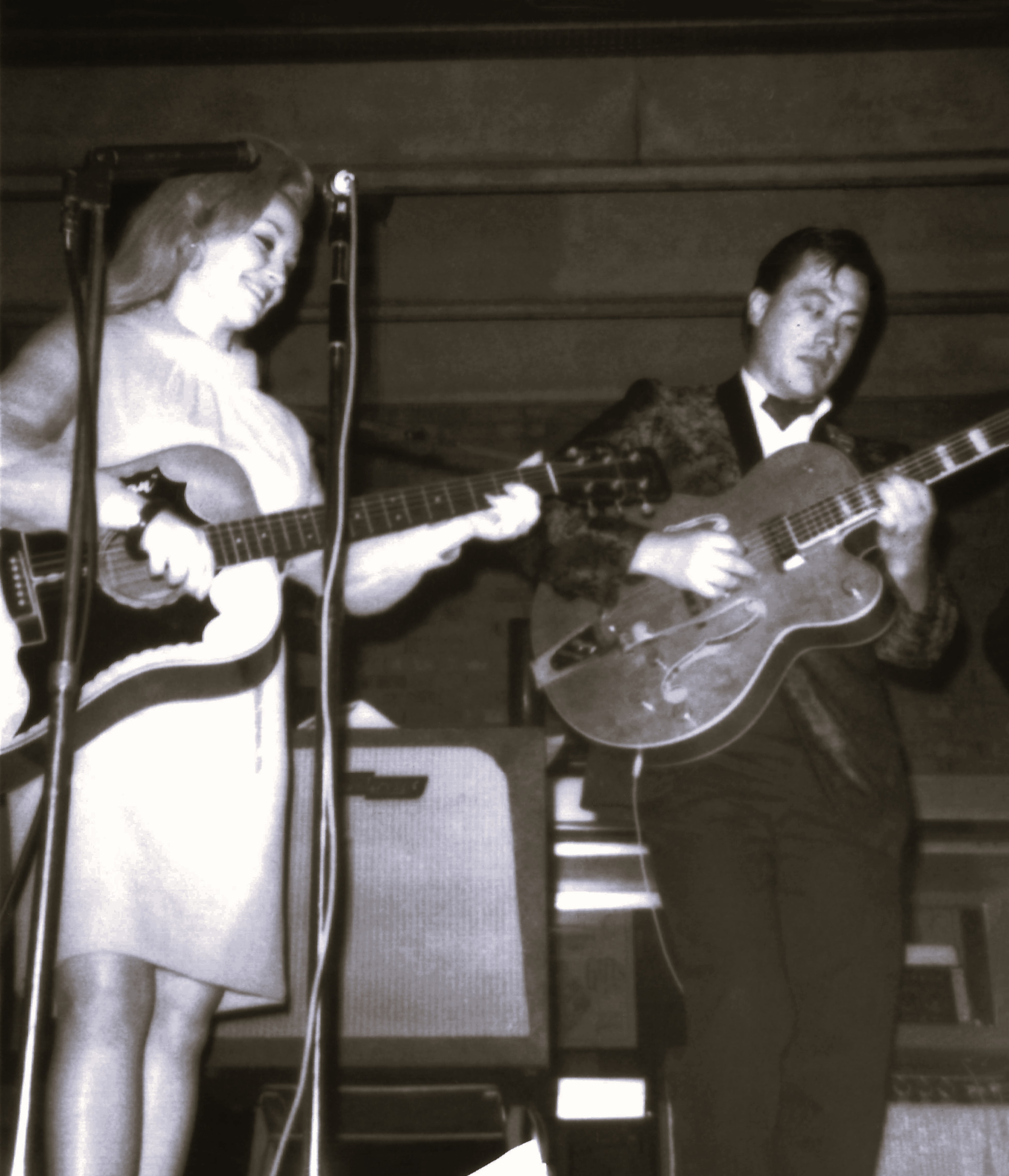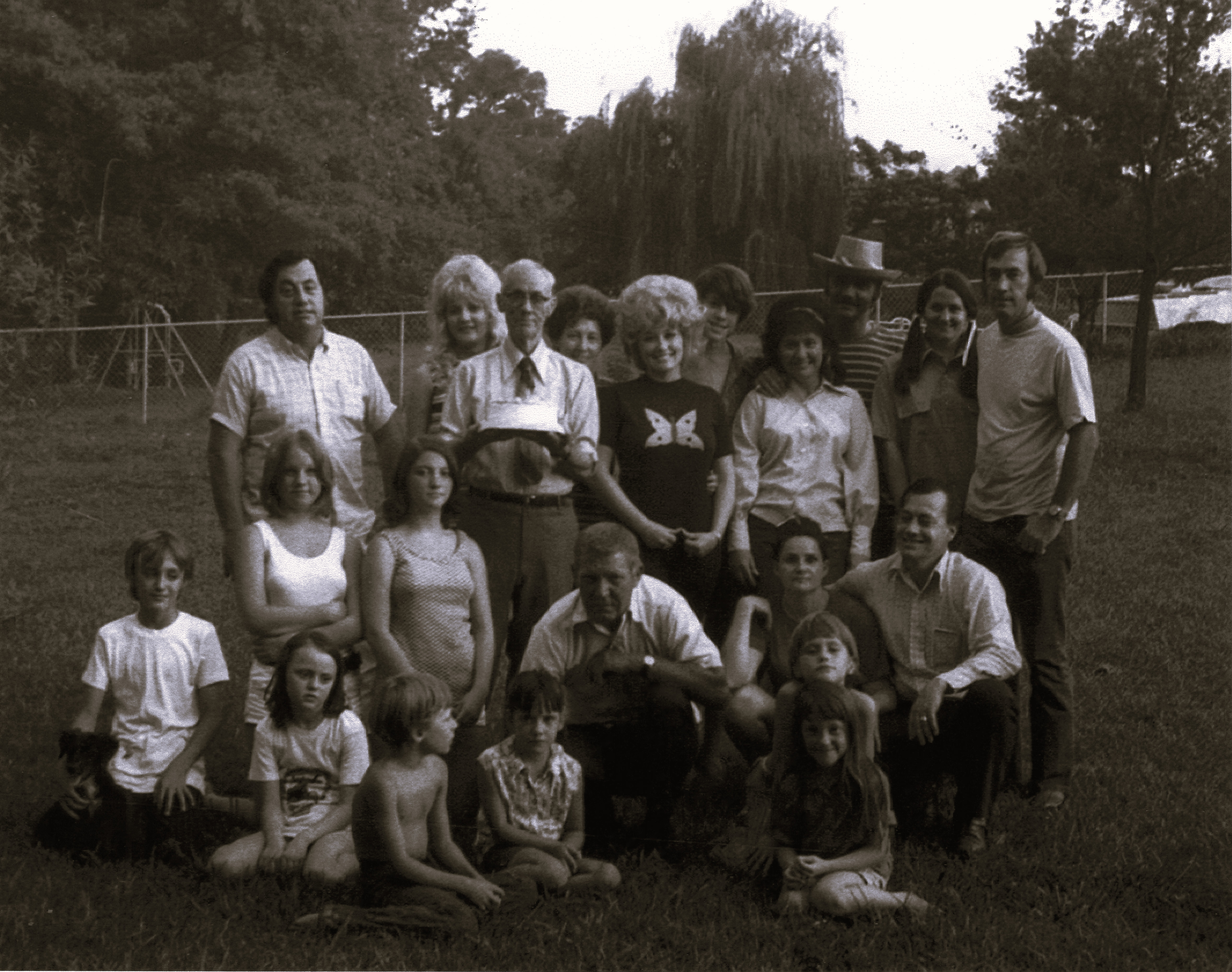Smoky Mountain DNA
Faith, Family & Fables
Dolly Parton may be the best-known member of the Owens-Parton family, but for generations, Owenses and Partons have been making music in the mountains of East Tennessee.Such traditions aren’t rare.
Shake the family tree of anyone from the region and musicians are likely to fall from the branches. But there’s a difference between a family passing down old songs or a special instrument and one that creates a musical dynasty. The latter requires a singular individual, one with an understanding of the power of fables, a faith powerful enough to inspire others, and a vision that guides their family to a better future. For the Owens and Parton families, that person was the Reverend Jacob Robert Owens.
Born in 1899, Jake was the first child of James Robert Owens and Mary Melinda Messer Owens. The Owens family originated in the Borough of Conwy in Caernarfonshire in North Wales, an area of misty mountains and green valleys greatly resembling the Smoky Mountains where their descendants would reside.
William Bartholomew Owens arrived in the Virginia colony in the 1660s. His descendants moved south to North Carolina before the Revolutionary War, then settled in the Great Smoky Mountains region of western North Carolina and eastern Tennessee around 1800.
While the Owenses worked as farmers, tradesmen, soldiers, lumberjacks, preachers, and bootleggers, an unbroken thread of music ran through every generation. Jake’s father, J.R. Owens, a former bootlegger turned farmer, was a popular local banjo player. His rendition of the traditional tune “Sourwood Mountain” gained such renown he often played it into the receiver of the family’s first telephone so neighbors could listen on the party line (the first live streaming concert perhaps?)
Jake’s mother, the former Mary Malinda Messers, also came from a family with a strong musical tradition. She played harmonica and banjo, and taught her children the traditional mountain ballads she loved.
At 19, Jake worked at a logging camp, but he kept is eyes on loftier goals. On a 1918 trip to South Carolina to visit his maternal grandfather, he acquired one of his most prized possessions — a fabled musical artifact that symbolized both faith and family.
Grooms’ Tune
It was a fiddle, but not just any fiddle. This one embodied family tragedy and defiance in the face of fear, all wrapped in the legend of “Grooms’ Tune.” The legend has been told many times and many ways, even finding its way into American popular culture through a fictionalized version in the novel and film Cold Mountain. In every variation, it’s a tale of injustice, defiance, and a singular melody.
The border region of North Carolina and Tennessee was a place of divided loyalties during the Civil War. This was especially true in the early months of 1865, when Union victories at Chattanooga and Knoxville effectively ended the war in Tennessee. Although organized Confederate forces were no longer in the area, various Home Guard units remained active, looting and delivering a lawless form of vengeance.
In April 1865, brothers Henry and George Grooms, and Henry’s brother-in-law Mitchell Caldwell, were captured near the border by a unit of Capt. Albert Teague’s Home Guard. What might have been a plan to ransom the former Union soldiers took a deadly turn when word of the South’s surrender reached the rebels. The three men were sentenced to death.
His executioners ordered Henry Grooms to play a tune on his fiddle. In an act of defiance that resonated through the years, he chose “Bonaparte’s Retreat,” a traditional folk melody noting Napoleon Bonaparte’s catastrophic defeat in the 1812 Russian campaign.
After their deaths, the bodies of the three men and the fiddle were recovered by Henry Grooms’ widow and his nephew. The story of Grooms’ defiance spread, and the popular fiddle melody was locally rechristened “Grooms’ Tune.”
Jake had a personal connection, being the great-grandson of Henry’s and George’s sister, Nancy Grooms Sutton. He found what was reputed to be Henry’s fiddle in possession of his Uncle Frank Messer. For the not-insignificant sum of $5 – and most likely some fast talking – Jake brought the fiddle home from South Carolina.
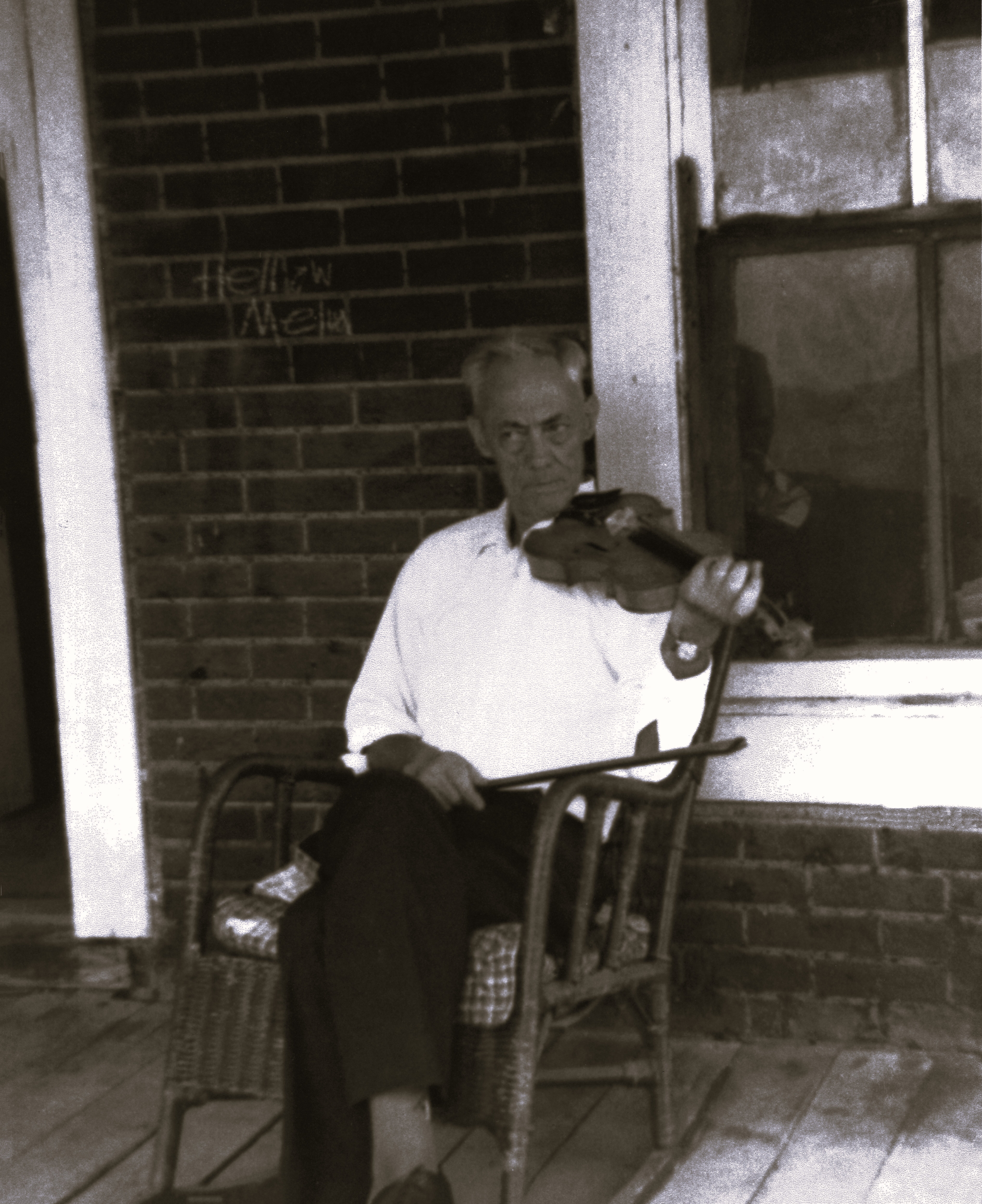
Passing Down A “Joyful Noise”
Over the next few years, Jake Owens mastered the fiddle, married, was ordained as a minister, and became a schoolteacher and music instructor. Throughout his life, he saw no difference between the music of the Lord and the music of the world. As a Pentecostal preacher, he believed if one was blessed with the ability and desire to make a “joyful noise,” it should be encouraged and celebrated.
As the Owens family grew, he encouraged his children to sing and play, eventually forming a family band and performing at church services, revival meetings, and on occasion, on Knoxville radio station WNOX.
The Owens family included eight children — Estelle, Lester, Avie Lee, Dorothy Jo, Robert “John Henry,” Louis, Bill, and Alden. Avie Lee (born 1923) played guitar and was an outstanding singer, but in 1939, at the age of 15, she married 17-year-old Robert Lee Parton and shifted her focus to raising a family.
The Parton family’s roots are in Forest of Dean in the Parrish of Ledbury, England, not far from the border with Wales. The first Partons arrived on the shores of Virginia in the early 1600s. Like the Owenses, they followed the route from Virginia to central North Carolina, then west to settle in the Smoky Mountains. They brought their own musical traditions with them; Robert Lee’s parents, Walter and Bessie Parton, played banjo and guitar.
Avie Lee and Robert raised 11 children. Avie Lee passed on her love for music, particularly to her daughters, Willadeene, Dolly, Stella, Cassie, Freida, and Rachel, along with her two younger sons, Randy and Floyd.
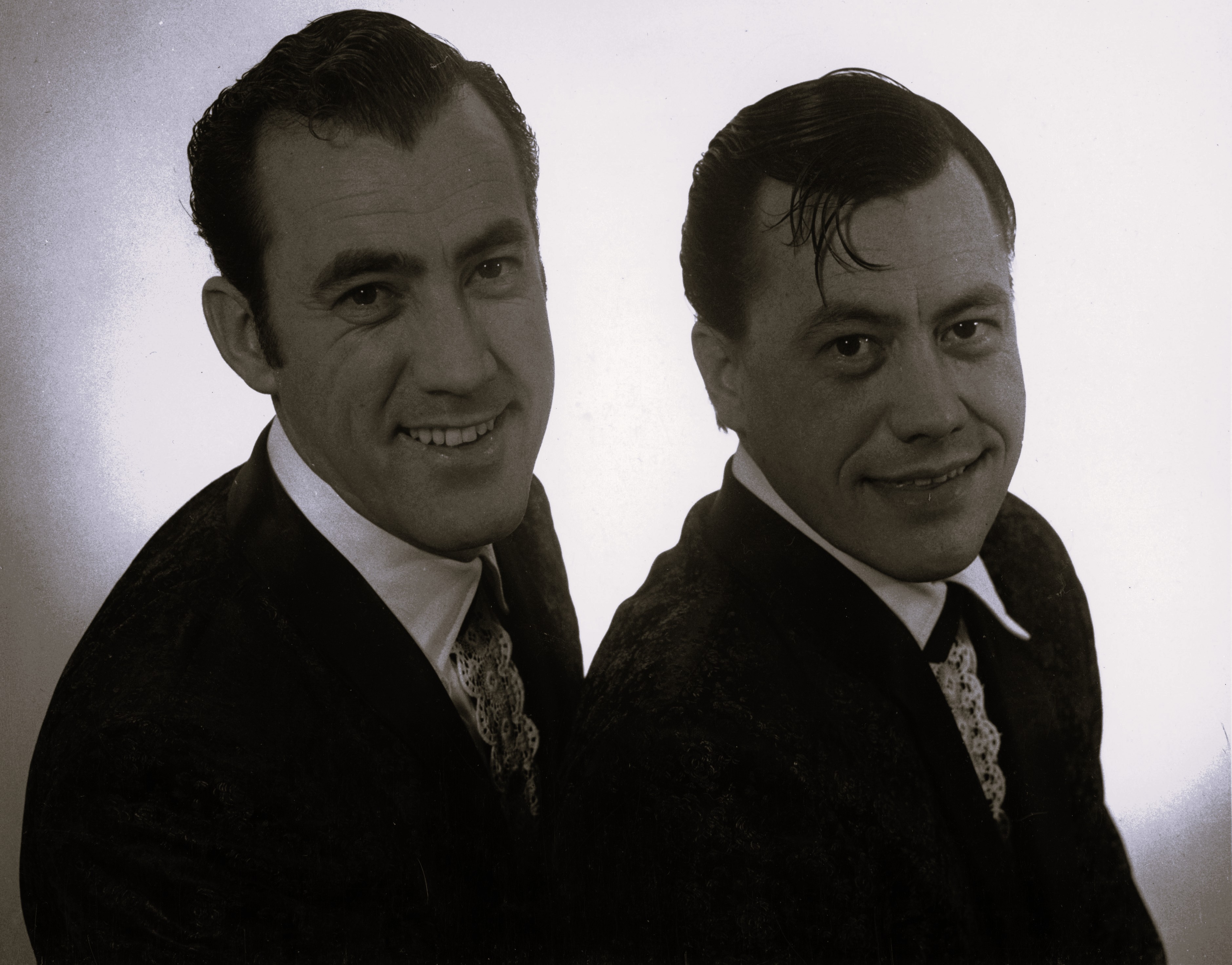
Bright Lights in Knoxville
By the mid-50s, Bill Owens was spending much of his time in Knoxville. He often stayed with his older sister Estelle, who would eventually serve as a de facto manager for musical family members. In 1956, Avie Lee’s 10-year-old daughter, Dolly Parton, began making the trips to Knoxville with her Uncle Bill. With his help, and the encouragement of Aunt Estelle, she was soon appearing on Cas Walker’s radio shows and making live appearances. The same year, Louis Owens was discharged from the Army and returned to performing with Bill and backing Dolly in live appearances.
By 1958, the Owens brothers and Dolly had established themselves as fixtures in the Knoxville country music scene. Meanwhile, Bill and Louis’ older brother, John Henry, was stationed at an Air Force base in Lake Charles, Louisiana. There he befriended Eddie Schuler, who owned a record store and headed the Goldband Records label.
Founded in 1945, Goldband was a small independent label focused on the country and Cajun music of Southern Louisiana. By the late 1950s, the label had scored a few regional hits and expanded to include the new sounds of rockabilly, along with a Cajun-influenced take on rhythm & blues known as swamp pop.
In 1958 and 1959, the Owens Brothers recorded five singles for Goldband, all hooking into the rockabilly groove of the time. Two were credited to John Henry (under his legal name of Robert Owens) and two were credited to Bill (as “Little Billy Earl”). The other song was “Puppy Love,” the first single by Dolly Parton. Dolly, then 13, wrote the song with some help from Uncle Bill. Although the Goldband singles failed to reach the charts, they provided an education and encouragement in terms of songwriting, recording, and the record business.
John Henry left the Air Force in 1959 but continued to play music in Louisiana into the 1960s. Bill, Louis, and Dolly returned to East Tennessee, determined to continue their pursuit of musical success.
Down on Music Row
Over the next few years, Bill continued writing, performing, and promoting Dolly’s career. By May 1964, both Bill and Dolly were ready to make their mark in Nashville, and within a few months their persistence was rewarded. Dolly signed a recording contract with Monument Records and both Bill and Dolly signed publishing contracts with Combine Music. Bill also began working as a touring guitarist for Opry Stars Carl and Pearl Butler, while Dolly recorded a series of pop-leaning singles for Monument.
A breakthrough came in the spring of 1966, when country singer Bill Phillips recorded the Parton-Owens song “Put It Off Until Tomorrow,” and it climbed the charts. The first hit for Phillips showcased Dolly’s distinctive backing vocals as well as her strength as a songwriter.
With a hit song under their belts, more doors opened for Dolly and Bill. She began cutting more country-flavored singles; he seized the opportunity to put himself in the spotlight as a performer.
Bill and Louis Owens formed a new band, The Kin Folks, with their nephew, Dale Puckett — Dorothy Jo’s oldest son – and their cousin Ralph Loveday. The Owens brothers were soon booking live gigs and self-producing a series of singles they either self-released or sold to established labels. Bill also self-produced his first album, Songs of the “Smokie” Mountains, a collection of home recordings of traditional folk songs by Bill, his sister Dorothy Jo, and their father, the Reverend Jake Owens. The album, released on the independent label REM Records, has become a rare, sought-after gem for folk music collectors.
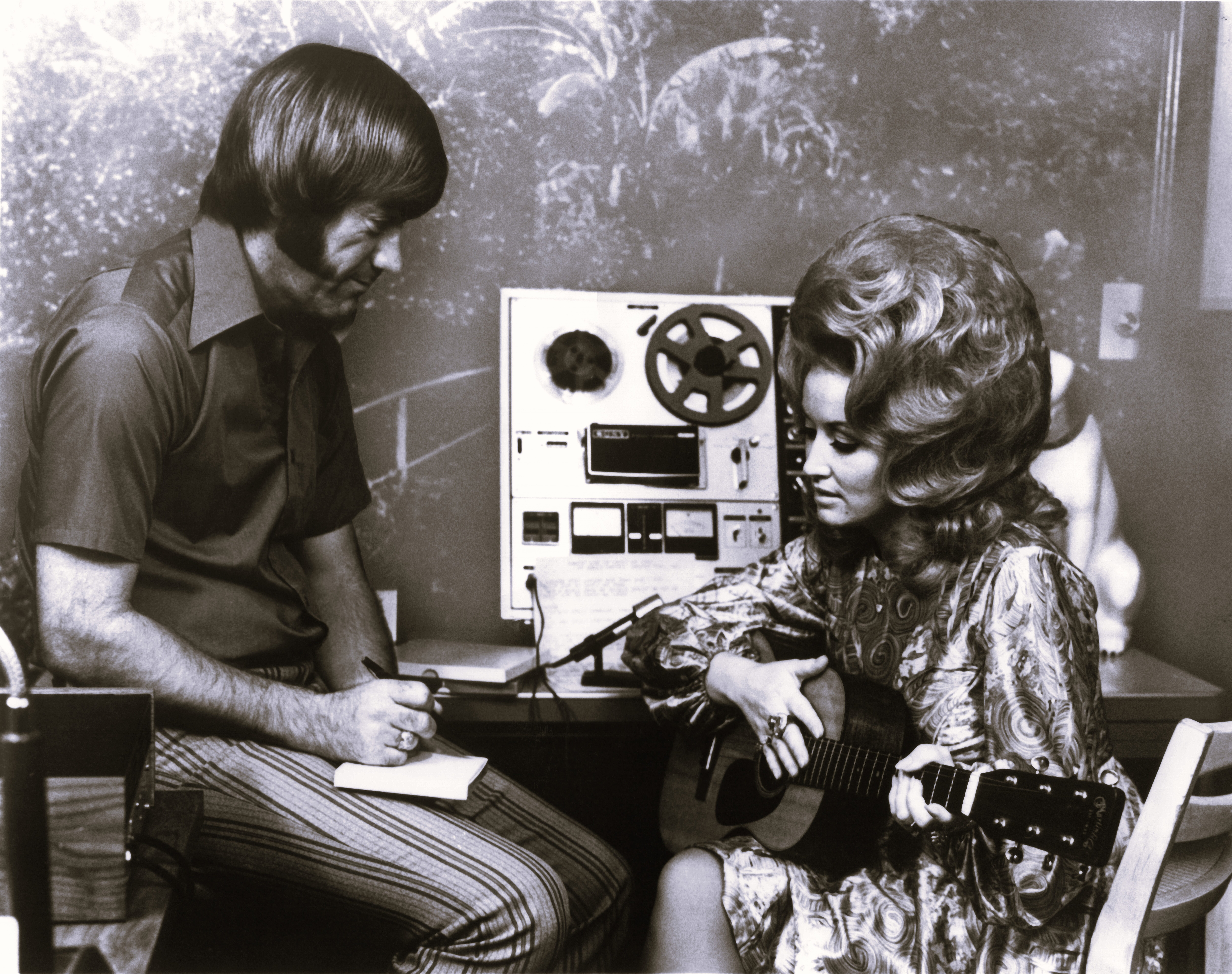
Breakthrough!
The next year changed everything for the family, when Dolly’s first hit single “Dumb Blonde” shot up the charts. Needing a band to back her on a summer tour, she turned to her uncles Bill and Louis. She also recruited her 14-year-old cousin, Dwight Puckett (Dorothy Jo Owens’ second son). In just a few months, Dolly scored her second hit single, then shot into the headlines when country star Porter Wagoner signed her as the new “girl singer” for his popular syndicated TV show.
The changes also brought new opportunities. In October, Dolly and her Uncle Bill launched their own music publishing company, Owepar Publishing, and soon brought in Louis Owens as a partner and business manager. In addition, Bill and Louis launched their own label, Circle B Records, to spotlight new artists and songs they thought had hit potential.
As Owepar began accumulating copyrights on songs and signing new writers, it also provided an entry point for other members of the family. In 1968, Louis produced the album, The Parton Family Sings “In The Garden,” which featured the first commercial recordings by Dolly’s mother, Avie Lee Parton, and three of Dolly’s sisters — Stella, Willadeene, and Cassie.
The album also featured two gospel songs written by Dolly’s Aunt Dorothy Jo, who soon became a writer for Owepar. She wrote both gospel and country songs, and collaborated with her niece, Dolly, on such hits as “Daddy Was An Old Time Preacher Man” and “Daddy Come and Get Me.” Dorothy Jo’s success with songwriting eventually led to her recording two albums of gospel songs and an album of country originals.
The same year, John Henry Owens moved to Nashville, where he performed a mix of country and R&B under the name John Henry III. He released his first single under that name on Circle B and continued to work with his brothers Bill and Louis, enjoying a long career as a popular live performer.
In March 1973, Fireside Studios opened on Music Row in Nashville. Fireside, owned by a partnership of Wagoner, Dolly, and Louis Owens, was a state-of-the-art commercial studio that also provided a place for the owners to work on personal projects. For Dolly and Louis, that meant offering opportunities for many talented members of the Owens and Parton families to hone their musical talent through recording and learning the art of recording.
Over the next few years, several members of the Owens and Parton family recorded at Fireside. It served as a launching pad for several of Dolly’s siblings, including Stella and Randy, who would both forge successful careers as solo artists. It also provided a training ground for many younger family members who later found success as musicians and songwriters, or in other areas of the music and entertainment business.
When Dolly left Porter Wagoner’s TV show and tour in 1974, the split eventually led to Wagoner gaining sole control of both Owepar and Fireside Studio. But the family continued making music together. As Dolly shifted her career away from Wagoner’s control, she turned to family once again for support. She formed “The Traveling Family Band” in 1975 to back her on tours. It included her brother Randy Parton and her cousins Dwight Puckett and Sidney Spiva. Her Uncle Louis Owens served as her road manager and other family members found places in various support positions.
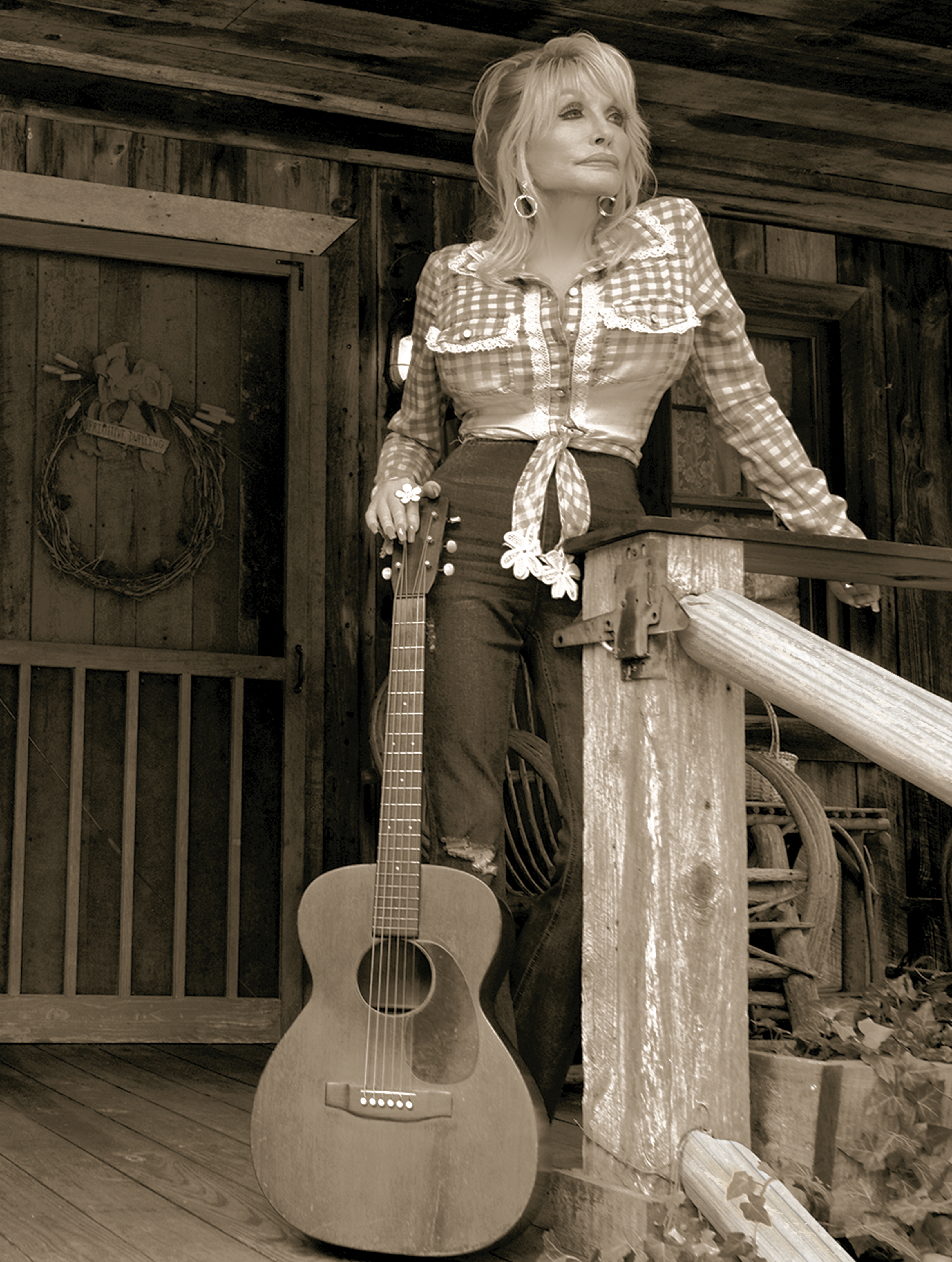
When It’s Family
As Dolly’s career and popularity expanded in the 1980s through film, television, and other media, family remained an integral part of her business. Both the 1984 motion picture Rhinestone and the 1987 ABC-TV variety show Dolly showcased the musical talents of several family members, along with introducing a new generation of Owens and Parton cousins, nieces, and nephews.
Dolly’s sisters Freida and Rachel both secured major-label recording contracts in the 1980s, and her brother Floyd became a successful songwriter and musician. Three of Dorothy Jo Owens’ children, Dale, Dwight, and their younger sister, Debbi Jo, all built successful careers as musicians and singers. Louis Owens’ sons, Richie and Jeffrey, forged their own paths as musicians in Nashville’s rock and country scenes. Richie found success as a songwriter, bandleader, session man, engineer, and producer of both rock and country records, including Dolly’s acclaimed 1998 album, Hungry Again, and the record you’re holding now, Smoky Mountain DNA.
In 1986, Dolly bought an interest in the Silver Dollar City amusement park in Pigeon Forge, Tennessee. The attraction was soon rebranded “Dollywood.” Even though the park had incorporated musical shows for many years, including a long run by John Henry Owens, the rapid expansion provided ample opportunities for musicians from the region, along with spotlighting many family members across several generations.
By being able to learn the music business from the ground up as part of the Dollywood “family shows,” many younger family members have developed into experienced artists and songwriters with unique voices and styles. Other family members forged their own paths in the entertainment world away from Dollywood, not only through music, but also in film, television, theater, performance art, the written word, and more. The process continues, with several younger family members making their recording debut on this album.
At its heart, the vision Jake Owens had as a young man was no different than that of his ancestors — a better tomorrow for his children, grandchildren, and on through future generations. By centering that vision around music, he tapped into a deeper well of inspiration and a larger narrative than the tale of just one family.
